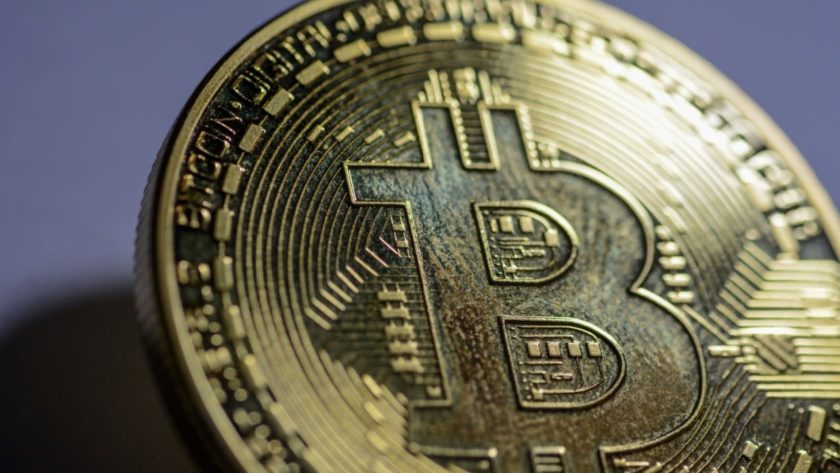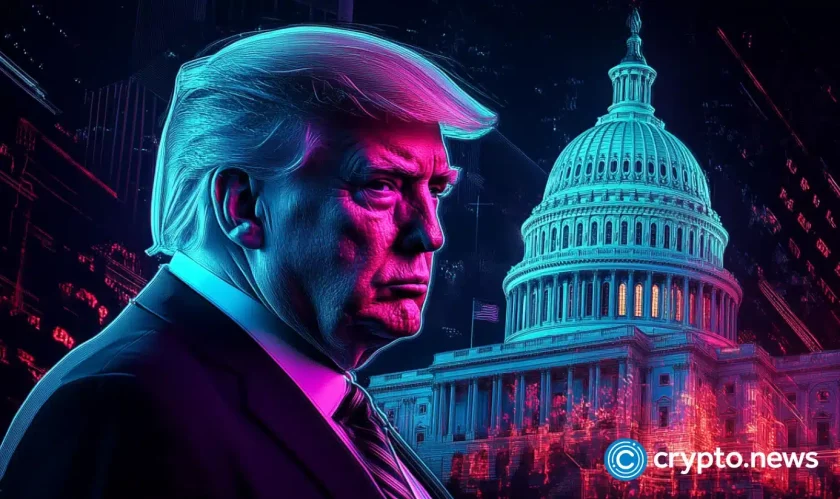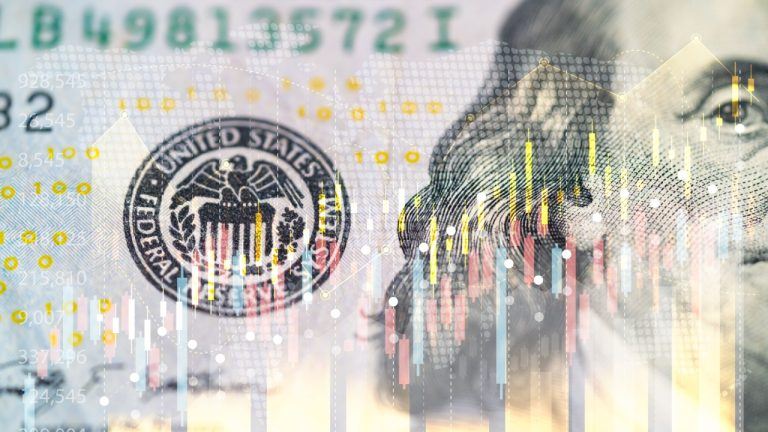When the United States government voted in stimulus payments to its citizens in the wake of COVID-19, to say it went well would be… categorically untrue. From delivering checks to the deceased to the simple fact that most people would have to go to a bank to cash a paper check during a viral pandemic, it became clear that our financial systems are not prepared for this.
As countless Americans struggle to stay afloat, the effects of COVID-19 have confirmed what many have suspected for years now — this system was not built to keep up with the needs of 21st-century users. Even before the coronavirus, the legacy financial system limited the capacity of the U.S. to grow in the modern financial world. Credit cards take several days to process, and when they do, small businesses are left to foot the exorbitantly high processing fees.
However, as those who are already familiar with digital assets know, a solution does exist. A digital asset system can fix many of the failings of government to rapidly and efficiently transmit money through its economy to get to those hard-to-reach spots that are underserved in the economy. In a range of financial services sectors, the legacy system could be supplanted.
Looking at the payments and transfers sector, China is perhaps the best case study for effective practice. Here, almost 800 million people already use mobile payments for a vast array of services conducted through digital payment systems run by private companies like Tencent and Alipay. These mobile payments provide a seamless user experience for Chinese citizens, many of whom were only pulled out of abject poverty in the last few decades and have limited financial literacy.
Similarly, in Europe, which has a deeply entrenched legacy financial system, neobanks have been overtaking traditional institutional counterparts for the ease of use in daily transfers and payments. Millennials are rapidly embracing new technologies and specifically Neobanks’ convenience, so they can travel freely and access an array of currencies along the way. And while it lags behind, the U.S. is not entirely left out of this financial revolution. This is why it is so frustrating that the U.S. government should rely on physical checks as the major means of distribution in a time of crisis.
Again, in the investments sector, legacy systems are being made redundant, with or without wider regulatory support. A distinct uptick in millennial-focused solutions that minimize the role of middlemen, alongside the development of novel financial services like fractional equities, increase accessibility for young and low-income investors, who for so long have been cut out of a number of asset markets. This shift has seen a group that once eschewed equity investments like no generation before them suddenly join the party in a big way, providing liquidity to financial markets.
Finally, we must consider one of the neediest sectors under current circumstances: the unbanked and underbanked. Today, with a mobile phone, most can get access to financial services. Mobile banking opportunities offer reduced fees, simplified interfaces and work in a format that modern consumers feel comfortable with. This group’s potential highlights the overwhelming theme that is present in the failures of legacy systems and where innovation is critical.
People need services that reflect their lived experiences. Going into a bank or speaking with a teller is now so removed from most people’s day-to-day lives that simple, accessible and user-focused digital asset services are pioneering a necessary shift in the lives of those most at risk of being left outside the system.
Yet, as powerful as any of these potential solutions could be, there is an onus on U.S. leadership to act. Americans retain the innovative spirit when it comes to these sorts of financial services, but there is a limited amount that private innovators can do with state and federal governments blocking them at every turn. Slow-roll regulations in the U.S. stymie digital assets from reaching their full potential. Some of the initial steps taken by Congress have shown promise, but they must act quickly if the federal government wishes to prevent the U.S. from being left behind in the race to financial innovation.
The views, thoughts and opinions expressed here are the author’s alone and do not necessarily reflect or represent the views and opinions of Cointelegraph.
Michelle O’Connor is the vice president of marketing at Uphold. Michelle is passionate about building the future of inclusive finance through emerging technologies to both streamline and empower businesses and consumers through transparency and financial inclusion. She has spoken on fintech, blockchain technology and digital financial services, as well as community-building efforts. She was recently recognized as one of the “Most Inspirational Women in Tech 2019” by Insights Success. Earlier in her career, she founded a hybrid marketing agency bridging the gap between traditional media, public relations, social media and community marketing.




